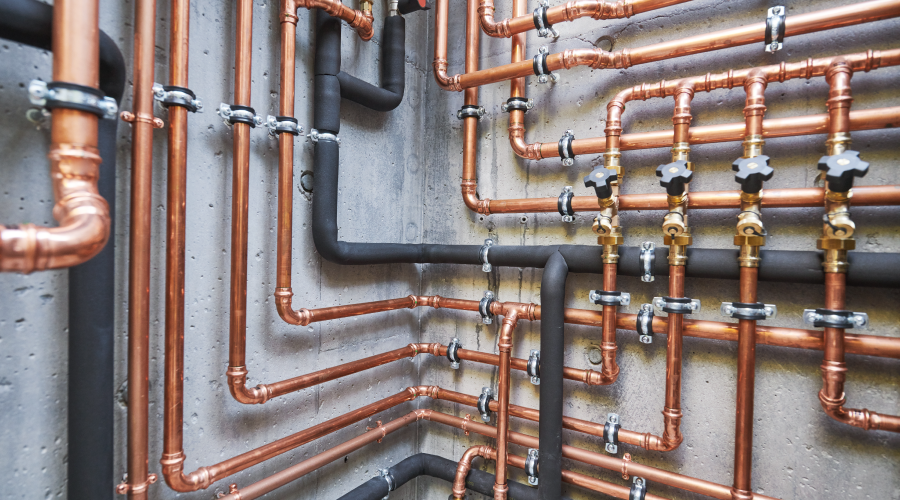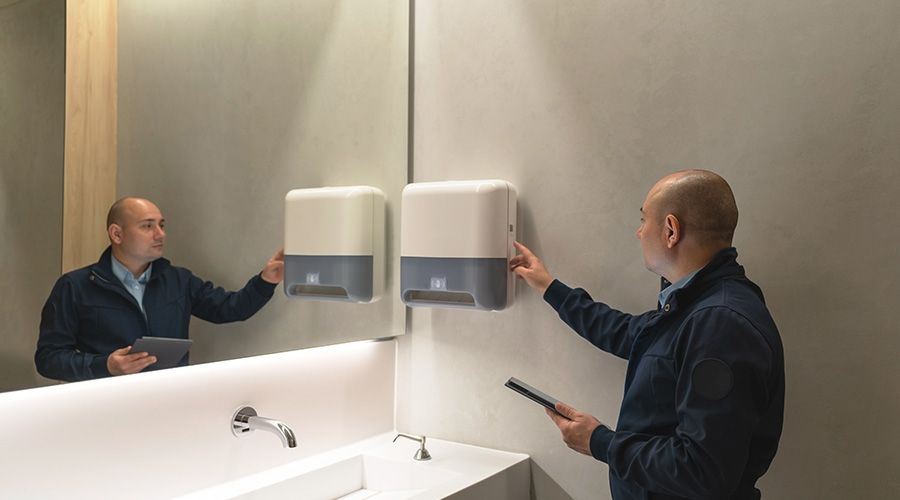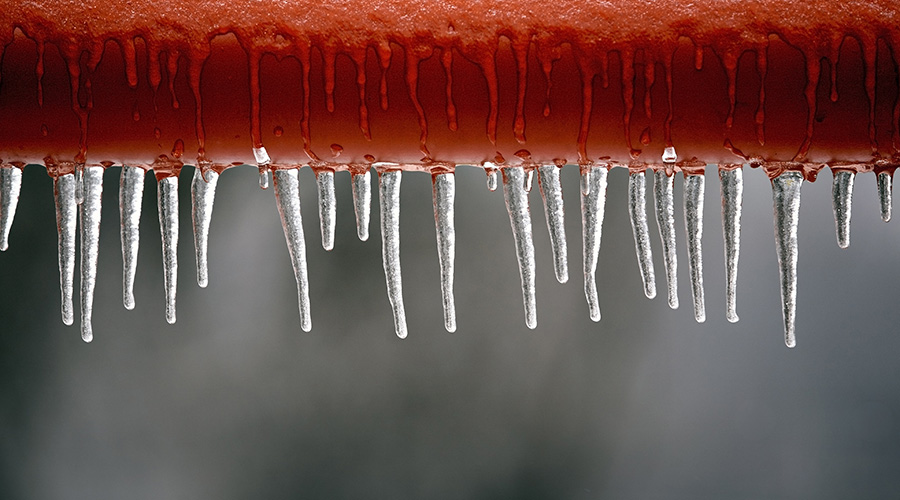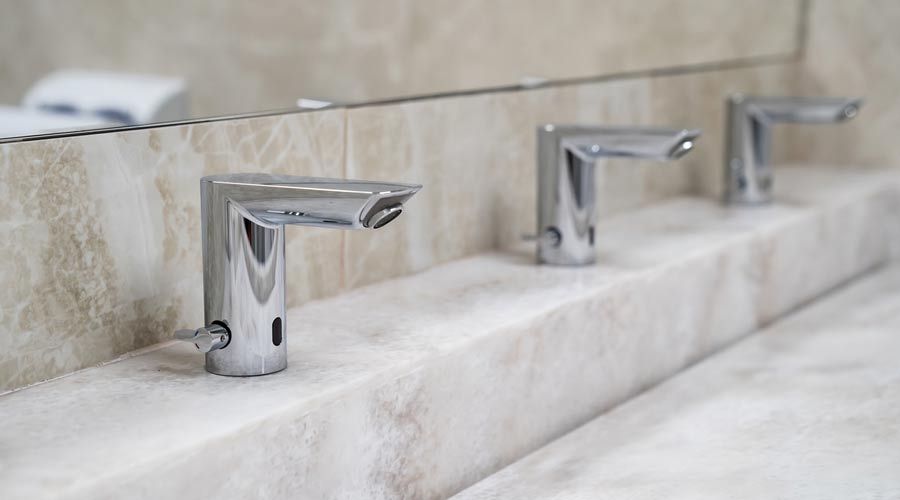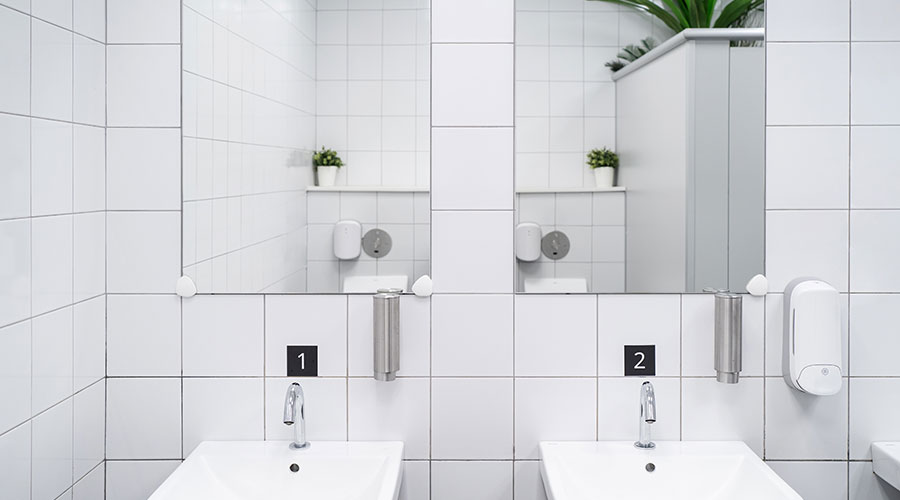How Drain Cleaning Equipment Manufacturers Provide Essential Knowledge for Technicians
Technicians can often learn the most effective ways to operate equipment by simply observing
By Howard Riell, contributing writer
Drain cleaning equipment manufacturers have a great deal of information to offer, and managers need to encourage technicians to take full advantage.
“Manufacturers usually have a wealth of knowledge, including video training programs, that can help facilities with training to safely operate drain-cleaning equipment,” says Dave Dunbar, national sales manager for General Pipe Cleaners. “In addition to manufacturers, area reps, as well as the wholesalers and distributors that sell and support drain cleaning equipment are other great sources for training, especially for one-on-one training in the field.”
Technicians can often learn the most effective ways to operate equipment by simply observing.
“Sometimes facility techs are apprehensive about cleaning drains,” Dunbar says. “Maybe they saw somebody doing it 30 years ago, but it’s not your grandfather’s drain cleaning operation anymore. Now, drain cleaning equipment is relatively safe and easy to learn.
“Drain cleaning is not rocket science. The fundamentals of the skill can be understood in minutes and mastered in hours. The learning curve for drain cleaning effectively slopes upward for years after the initial experience, but acceptable levels of proficiency can safely be acquired on the first day of training.”
Dunbar recommends that managers purchase drum-style machines with a power feed and a guide tube, which effectively separates the users from the cable for both ease of use and safety.
“A modern drum-style machine makes it safer and easier to learn on,” Dunbar says. “Users simply let the rotation of a cable slowly get through the obstruction, paying attention and noticing when the cable encounters resistance and easing up, going back and forth until the cable makes its way through.”
One of the most important aspects of drain cleaning is to first understand the most appropriate drain-cleaning machine for the job.
“There are small, medium and large drains,” Dunbar says. “Small drains would be drains from sinks, tubs and showers that range from 1¼ inch- to 3-inch lines.”
Medium drains connect two or more small indoor drains. Large drains run from inside a building to the building exterior, either to the sewer system or municipal water or wastewater supply.
Toilets also can present challenges for technicians. If a toilet is backed up and a plunger will not do the job, a closet auger can be an effective tool.
“It’s a snake that’s designed to be carefully put into the toilet that will go around tight corners and remove any obstruction that might be there,” Dunbar says.
Using an inappropriate tool for the job can prove to be dangerous. Technicians who use equipment with a cable that is too small in a drain that is too large or vice versa can get the cable caught and damage the equipment and the facility.
“If this should happen and you aren’t using a power feed with a guide tube on it to separate the user from the cable, there is the possibility that you can get a kink in the cable and it can grab the user by the hand or the arm, which can hurt,” Dunbar says.
Operating drain-cleaning equipment should be more like using a drill than a hammer, Dunbar says. The technician should leverage the rotation of the cable and the cutter to eat its way through the obstruction, applying gentle forward pressure.
“Because you are using electricity in the vicinity of water, make sure your electrical source is grounded with a properly functioning GFCI (ground fault circuit interrupter) to protect from the possibility of an electrical shock,” Dunbar says.
Fumes are generally not much of a problem because most main drains and sewage pipes have traps that keep gas and sewage on one side. For those who have a house trap or a main drain trap coming into a building, the trap usually keeps fumes away.
PPE is essential for protecting technicians. Two-ply leather gloves are highly recommended when using drain-cleaning equipment, but any gloves specifically made for drain cleaning will work. Rubber or cloth gloves can get caught in the coils of the cable.
“If you must wear rubber gloves, wear them underneath the recommended leather gloves,” Dunbar says. Protective eyewear is also recommended.
“You really don’t need anything else. It’s not necessary to garb up in a hazmat suit for drain cleaning,” he says.
Maintenance matters
Having a plumbing and drain maintenance plan in place is preferable to having to figure out a solution after something goes wrong.
“We like to preach that preventive maintenance is always better than an emergency response plan,” Dunbar says. “Preventive maintenance in a facility would be a plan to regularly snake out drains because you know that if you don’t, they will have the propensity to back up.”
Built-up grease can be a particularly tough problem in foodservice areas and can result in emergency situations. For drains that are commonly clogged by grease, managers can invest in small, high-pressure water jetters.
“Grease is not a job for a drum-style cable machine,” Dunbar says. “It will poke a hole in the grease, but it will not remove the grease clog. We recommend preventive maintenance, using a high-pressure water jetter in at-risk pipes on a regular basis, as opposed to waiting for them to overflow and creating an emergency. Preventive maintenance is always easier, cheaper and more time efficient than emergency management.”
When managers invest in basic drain-cleaning equipment, they are not forced to wait for a contractor to handle the job. Managers can include drain-cleaning equipment in their long-term preventive maintenance programs. They will often find additional ways to put the equipment to use that they might not have considered before.`
Technicians should not overlook preventive maintenance of drain-cleaning equipment. Every time a machine is used, the user should drain the water out of it. Once the equipment has been completely drained, the technician should apply snake oil or other lubricants to the cables, clean out the hose and take proper care of the pumps in jetters. Routine maintenance should be performed every 200 hours and include checking oil levels, seals, cables and drums.
“Five minutes of post-job maintenance on equipment will go a long way to preserving your equipment, sometimes for 10 years or more,” Dunbar says.
Howard Riell is a freelance writer from Henderson, Nevada.
Related Topics:








